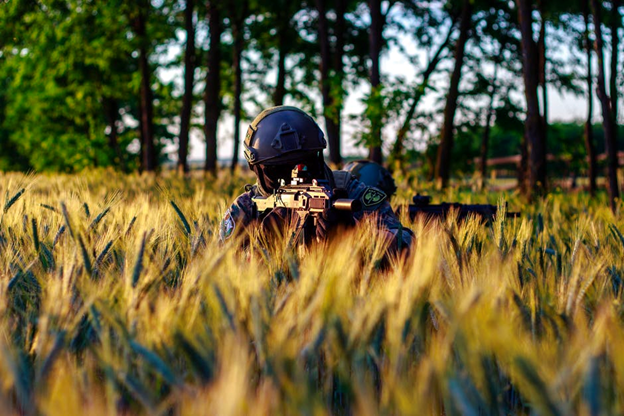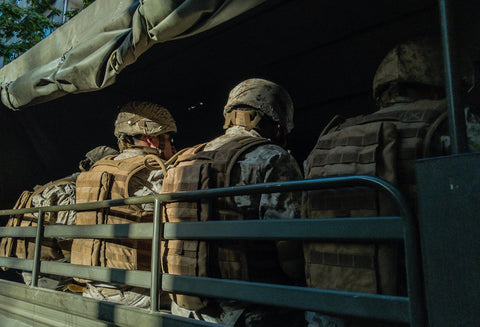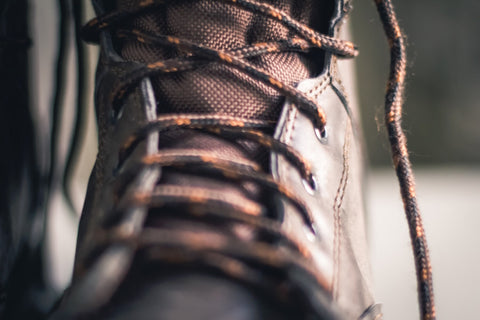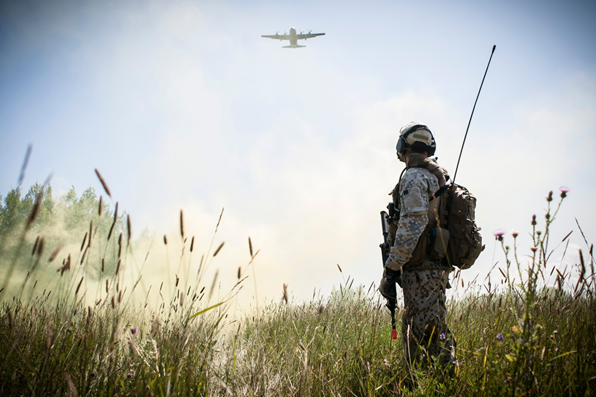Is the Hip Or Thigh Holster the Best Option For Police?
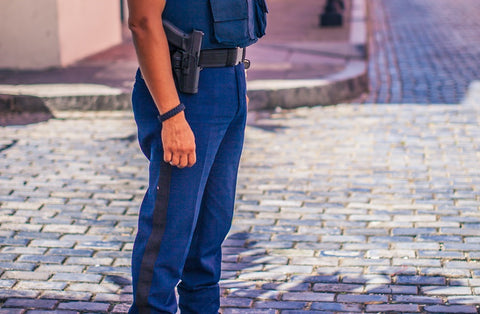
The Pros and Cons of Switching to a Thigh Holster
When assembling your gear as a law enforcement professional, you may not put too much thought into your gun holster – it seems like an afterthought compared to some of the more noticeable equipment. However, holsters are far more important than you might think. There’s no point in carrying a firearm if it isn’t kept in a holster that allows for easy access, and that’s only one of many important elements to look for.
Holsters are typically categorized by the part of the body they are fitted around. Traditionally, law enforcement professionals wear hip holsters. However, thigh holsters are becoming an increasingly popular alternative. Which is better? Read below to learn about the benefits and drawbacks of switching from a hip holster to a thigh holster.
READ MORE: How to Properly Wear a Firearm
What are Thigh Holsters?
Also known as drop-leg holsters, thigh holsters wrap around a few inches underneath the belt. Some law enforcement professionals choose this type of holster for its various benefits, like its convenient positioning. However, some find its positioning distracting, and ultimately don’t choose the thigh holster.
READ MORE: Checklist for Law Gear Enforcement
Pros of Using a Thigh Holster
Positioning
The positioning of your holster might benefit you – this will depend on the length of your arms and torso. Since thigh holsters rest lower than hip holsters, you might find it easier to reach for them.
Ease of Access
It’s crucial to be able to reach your firearm at all times – especially during interactions that turn hostile. Law enforcement officials are no stranger to these moments. For that reason, it is important to get a holster that makes it easy to reach for your firearm. You might find that this is easier if the firearm is lower than your belt area.
Carry Less Weight Around Your Waist
As a law enforcement professional, you have plenty of important equipment. With a firearm, communications gear, restraints, and so much more, you need to strategically determine how to carry it all. The waist is one of the best places to keep gear that you’ll need easy access to, but you also don’t want this space to become heavy – otherwise, your mobility will be limited. Keeping your firearm around your thigh is a safe and effective way to keep less weight around your waist.
More Room for Equipment
Most equipment can’t be stored on your thigh, but your firearm can. By using a thigh holster, you’ll be able to clear up room around the rest of your body, allowing you to carry more.
Cons of Using a Thigh Holster
Retention
You’re the only person who should be laying a finger on your firearm. The last thing you want is for your firearm to end up in the wrong hands, so you should choose a holster that keeps your firearm protected. Many professionals find that thigh holsters are simply too open, and aren’t the right fit for hostile environments.
Appearance
The thigh holster gives a particular “look” to its wearer. Some tactical professionals enjoy the combat-ready appearance that these holsters create, while others find it to be too intimidating, which may affect the success of their mission if it involves taking a calm approach to interacting with civilians or hostile individuals.
Can Get in the Way
Though their placement can be beneficial in some circumstances, it won’t always be convenient. If you are used to having your firearm around your hip, you may forget that it is now around your leg. As a result, it may get stuck on hooks or fences. Take caution if you plan to use this kind of holster in rigid environments.
READ MORE: How to Decide Between Hard and Soft Rifle Cases
How Do Thigh and Hip Holsters Compare?
Thigh and hip holsters might not seem very different at first glance – after all, they are placed only a few inches away from each other. However, the minor difference may not seem so minor once you are in combat.
Since the two holsters differ in placement, you might find one easier to reach than the other. If you have longer arms, you may appreciate not having to bend them to reach a firearm on your leg, but with shorter arms, you may want to use a hip holster for closer access.
You should also consider space for equipment on your body. Using a thigh holster will allow you to put more around your belt, but your firearm may be the item you most desire to be around your belt.
Which is Better?
Ultimately, there is no consensus on whether thigh holsters or hip holsters are more beneficial to tactical professionals. However, the individual pros and cons of each might indicate which is right for your specific circumstances. We recommend trying both out, and giving plenty of practice to the one you end up settling on.
READ MORE: How to Choose a Gun Holster
To conclude, thigh and hip holsters differ not only by their placement on your body, but in ease of access, protection, and weight distribution. Before choosing a holster, make sure you know how to safely use your firearm and holster in conjunction.



